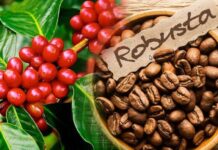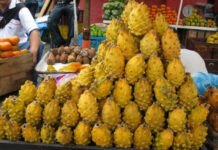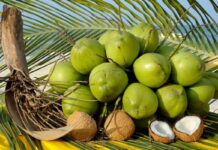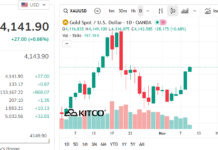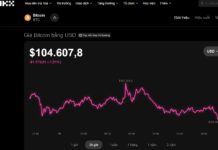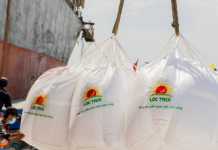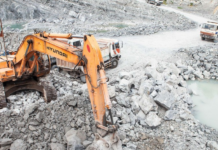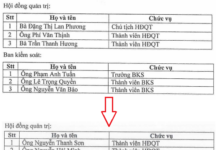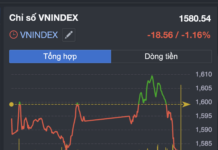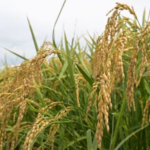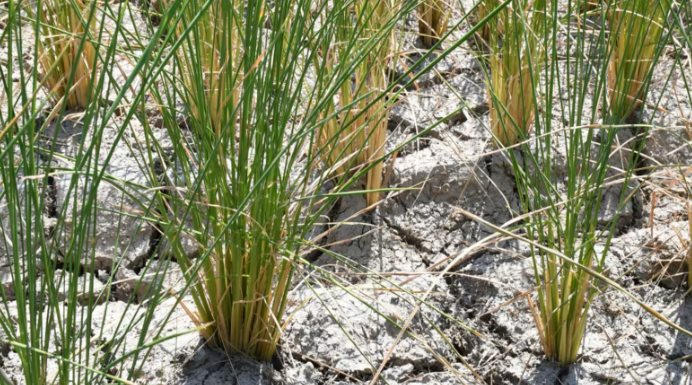
Illustrative image
The price of table rice in Japan has surged by over 50% in the past year, placing significant pressure on sake producers and raising concerns about domestic rice supply. This crisis is attributed to climate change, shifting agricultural policies, and increased tourism demand, prompting farmers to abandon rice cultivation in favor of more profitable crops.
The sake industry, which relies on three rice types—specialty sake rice, processed rice, and table rice—is directly impacted by this price hike. According to the Japan Sake and Shochu Makers Association (JSS), in 2023, sake producers used approximately 42% specialty sake rice, 35% processed rice, and 23% table rice, alongside other varieties.
Processed rice, typically used for mid-range and low-cost sake, has maintained stable prices due to government subsidies. However, the sharp rise in table rice prices has disrupted the entire market. The primary cause is the “gentan” policy, a decades-long plan to reduce rice paddies, coupled with declining yields due to harsh weather and increased consumption by international tourists.
Rising rice prices have led farmers to shift from processed rice to higher-profit table rice, sparking fears of a processed rice shortage by 2025. JSS warns this trend could further elevate rice prices, impacting sake production costs and export strategies.
Specialty sake rice, known for its tall stalks and susceptibility to toppling, poses harvesting challenges and reduces yields. Despite these difficulties, regions like Hyogo Prefecture, which produces over 30% of Japan’s sake rice, maintain traditional cultivation practices.
In Hyogo, the “muramai” model fosters strong farmer-brewery partnerships: breweries commit to purchasing all rice from designated farmers, who in turn support breweries during tough times. Takashi Fujimoto, CEO of JA Hyogo Rokko, notes this model encourages farmers to cultivate Yamada Nishiki, the “king of sake rice,” despite higher profits from other varieties.
Outside Hyogo, the outlook is less optimistic, as many farmers abandon sake rice cultivation. Nationally, the number of rice farmers declined by 25% between 2015 and 2020, while input costs for materials, fertilizers, and labor continue to rise. Experts argue that while price increases are necessary to sustain farmers, the rapid surge strains the entire supply chain.
To support sake producers, JSS has launched an “Emergency Rice Price Guarantee System,” enabling breweries to secure loans for rice and production materials. The association also urges the government to expand subsidies to sake rice farmers, who currently lack certain support policies.
JSS will closely monitor rice market developments. Rice prices and supply not only affect domestic production but also Japan’s sake exports, a rapidly growing sector in the global market.
Source: Nikkei


